Gentlemen’s Guide: Bangkok’s 5 Best Barber Shops
These top 5 barber shops in Bangkok are where gentlemen can elevate ...

Sustainability begins with a simple truth: the earth already gives us everything we need. From the warmth of sunlight and the shade of trees to the strength of bamboo and the cooling flow of air, nature offers resources in abundance. The challenge lies not in taking more, but in learning how to use what we already have–wisely, respectfully, and with care for future generations.
This belief sits at the heart of Eco Architect, founded by Khamron “Kaew” Sutthi more than 20 years ago in Phuket. This piece explores Kaew’s vision of sustainability through Eco Architect.
We began by asking Kaew about his dream home. As an architect, if he could design it anywhere in the world, what would it look like? His answer was simple but revealing:
“There’s no fixed design for my dream home, but it would be something that fits each location’s landscape and culture.”
That idea sits at the very core of his philosophy. For Kaew, architecture is about adapting to what already exists and letting the land and community guide the design. And in many ways, this mindset captures what sustainability should truly be: not endless reinvention, but learning how to live gracefully with the world as it is.
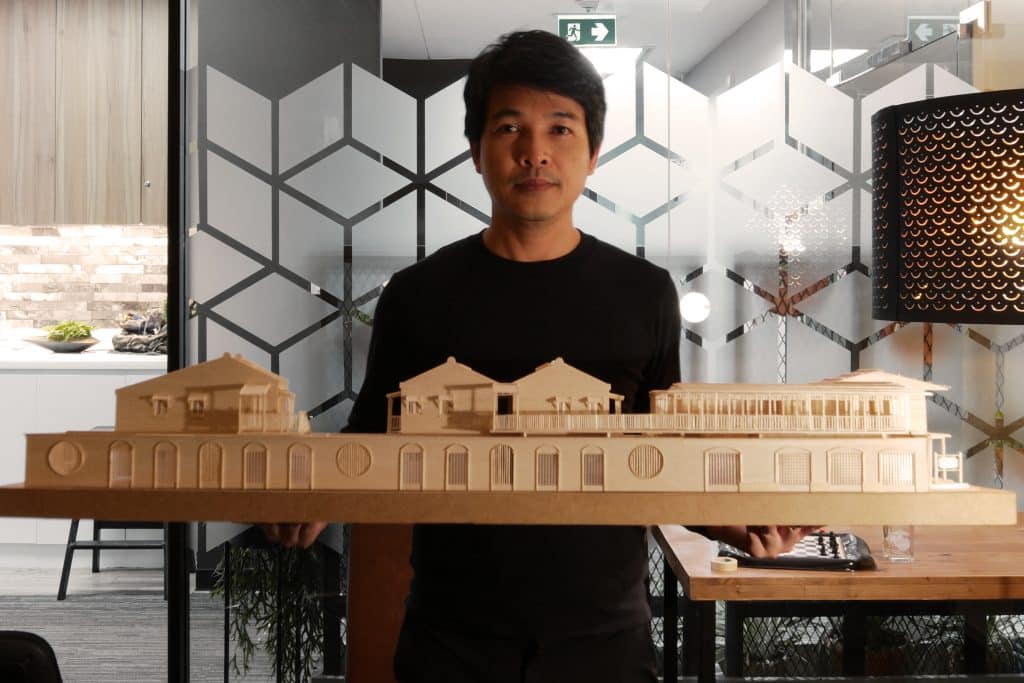
“Eco Architect was born from a mistake in my work.”
During his university days at the Faculty of Architecture, Khon Kaen University, Kaew was all about sleek, modern architecture like tall windows, open layouts, and flat roofs. But reality had other plans. His early projects revealed a hard truth: those modern designs didn’t suit the Thai climate. Houses overheated, and clients struggled to live comfortably.
“Looking back, I realised my five years of study hadn’t helped me or anyone to live well. The aesthetic was beautiful, yes, but people couldn’t actually live there,” he recalls.
Determined to find a better way, Kaew pursued a master’s degree in Ecological Architecture at Chulalongkorn University. There, a single book changed everything: Architecture in a Climate of Change by Peter F. Smith. It completely opened his perspective on sustainability and sparked the idea of bringing those principles to his work.

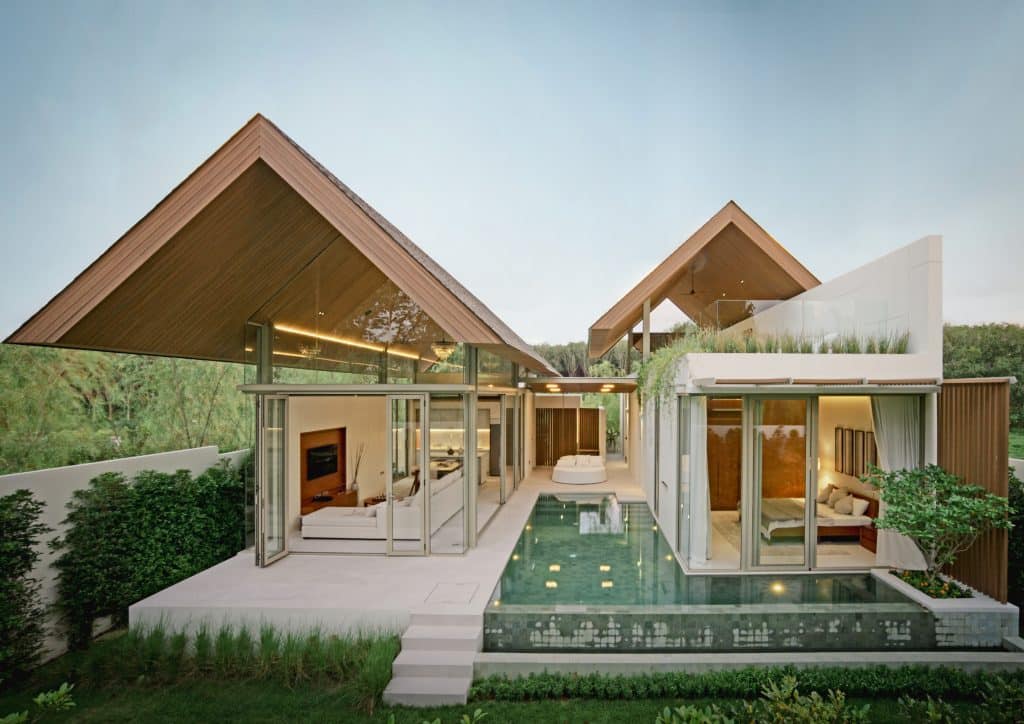


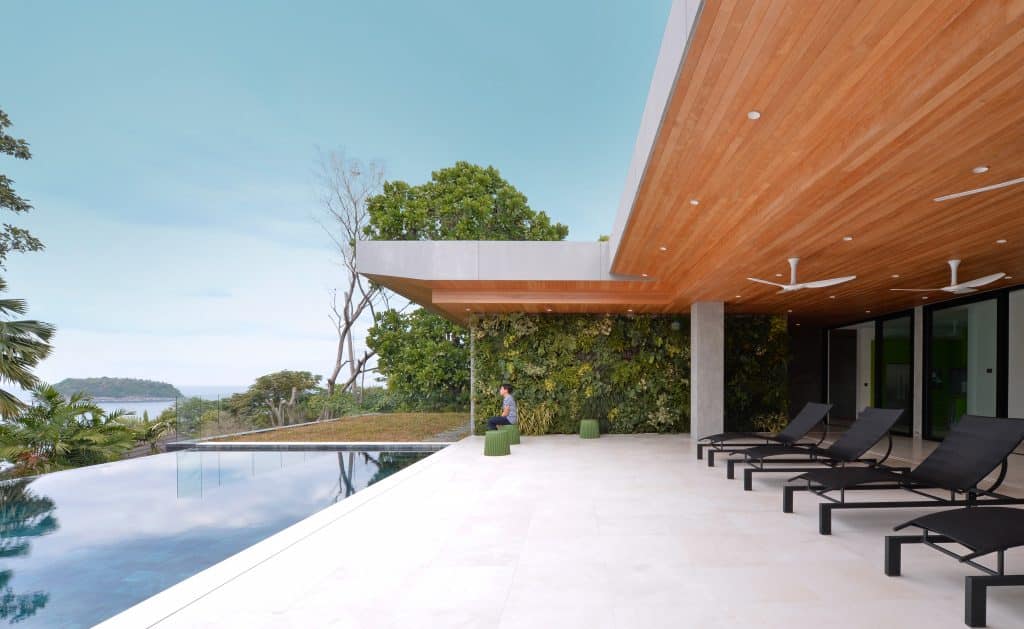
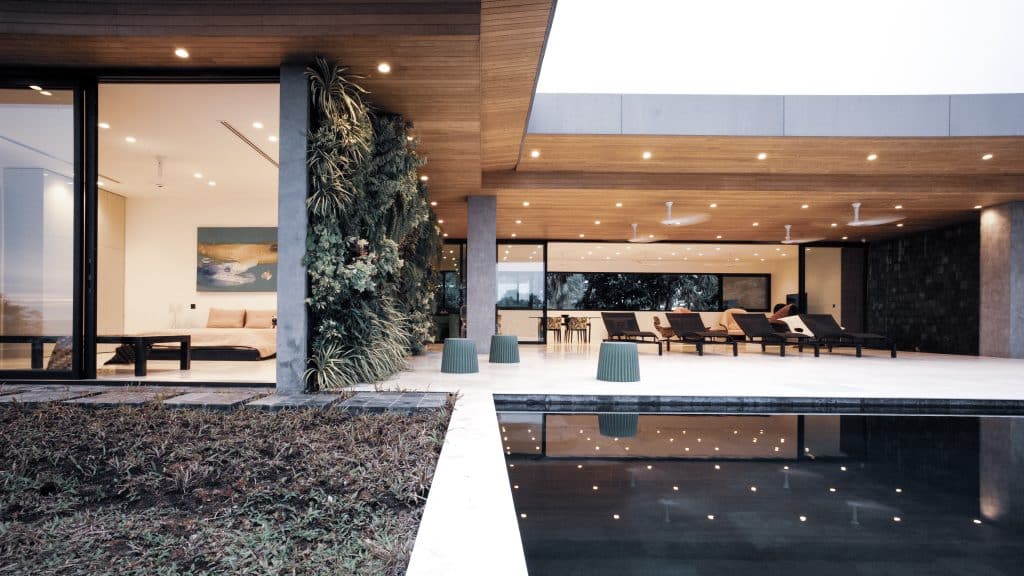
“Breathing with nature is the philosophy behind my work. It means designing homes that sit in harmony with their surroundings, using the resources that nature freely provides–earth, water, wind, and fire.”
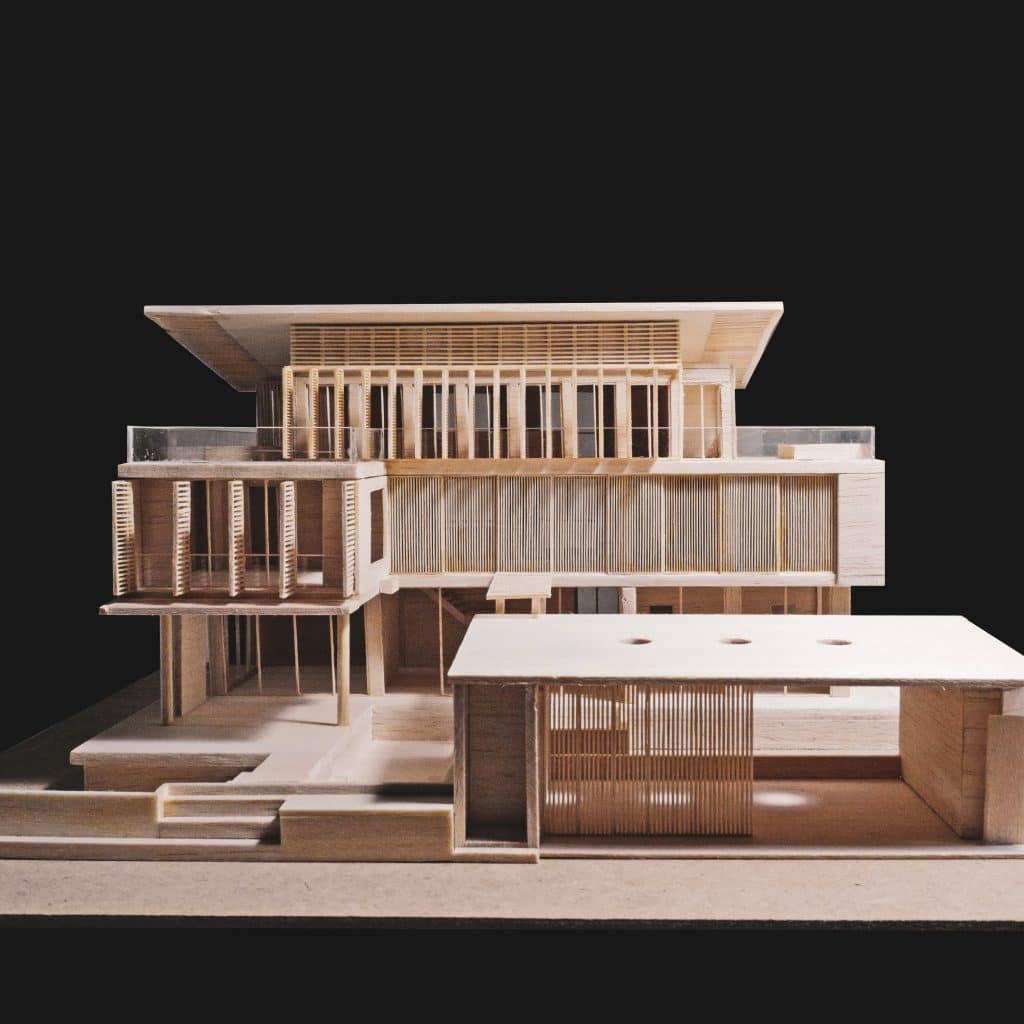

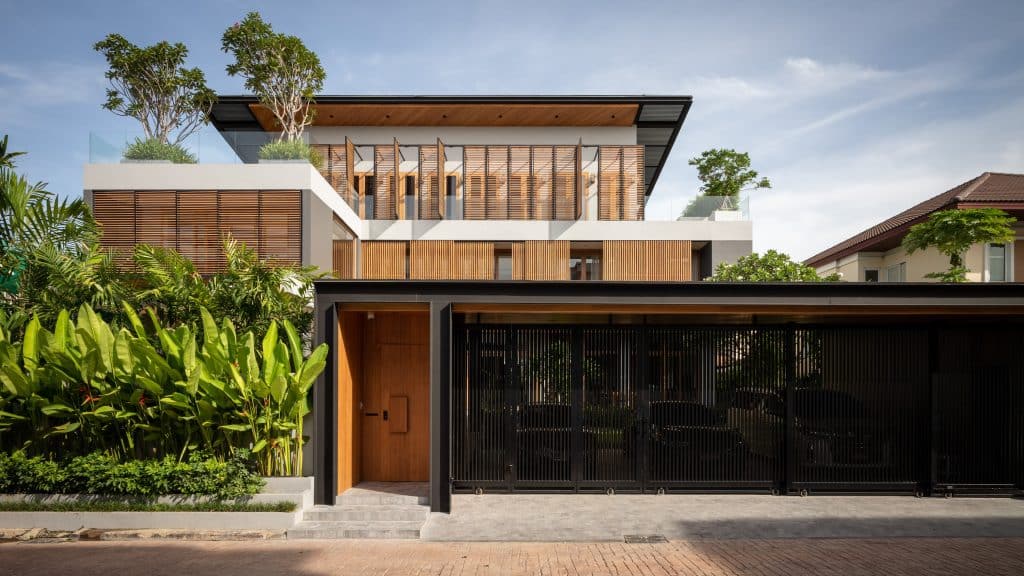
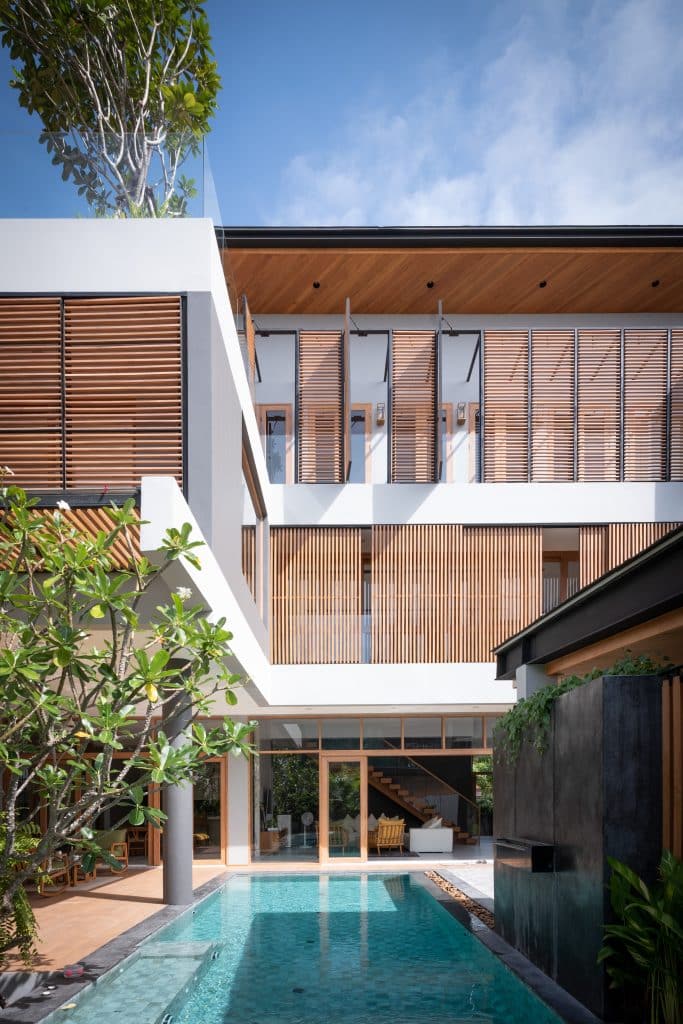
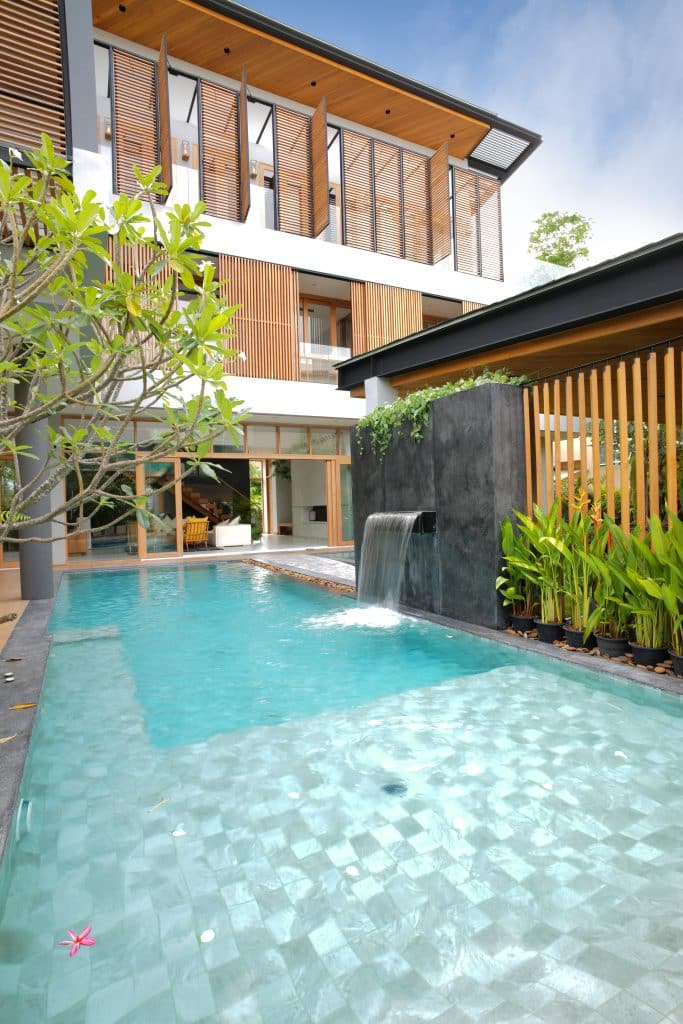
Kaew adds that science itself shows how brilliantly nature works: heat naturally moves to cooler areas. Hot air, for example, can be channelled underground through pipes and soil, where temperatures stay around 23–24°C, gradually cooling the space above.
“Nature is extraordinary; we just need to understand it and put it to use.”
At the same time, we need to care for it—planting trees, preserving the environment, and creating a living balance between people and the earth.
“My first step in any project is always visiting the site to understand the local culture,” Kaew explains.
He stresses the importance of truly living alongside the community, observing how people go about their daily lives and how they interact with the landscape. If you rush straight into building a house without studying its surroundings, it will feel foreign to the environment.
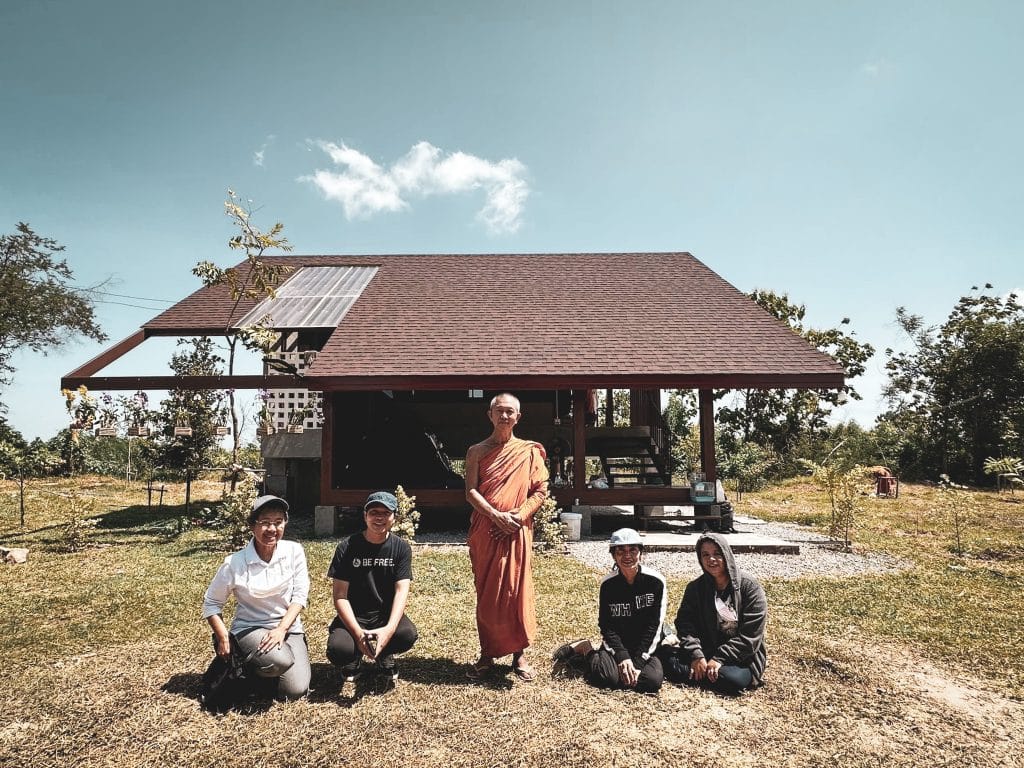
One project he highlighted was a temple, where he incorporated Thai cultural wisdom into the design. There’s an old local saying: “When building a house, don’t block the sun.” In practice, this means aligning the beams east to west so the long side faces north, avoiding direct sunlight all morning and afternoon. Kaew explains that they checked the science behind it, and it was spot on. This orientation naturally keeps the space cooler, making it energy-efficient without relying on artificial cooling.
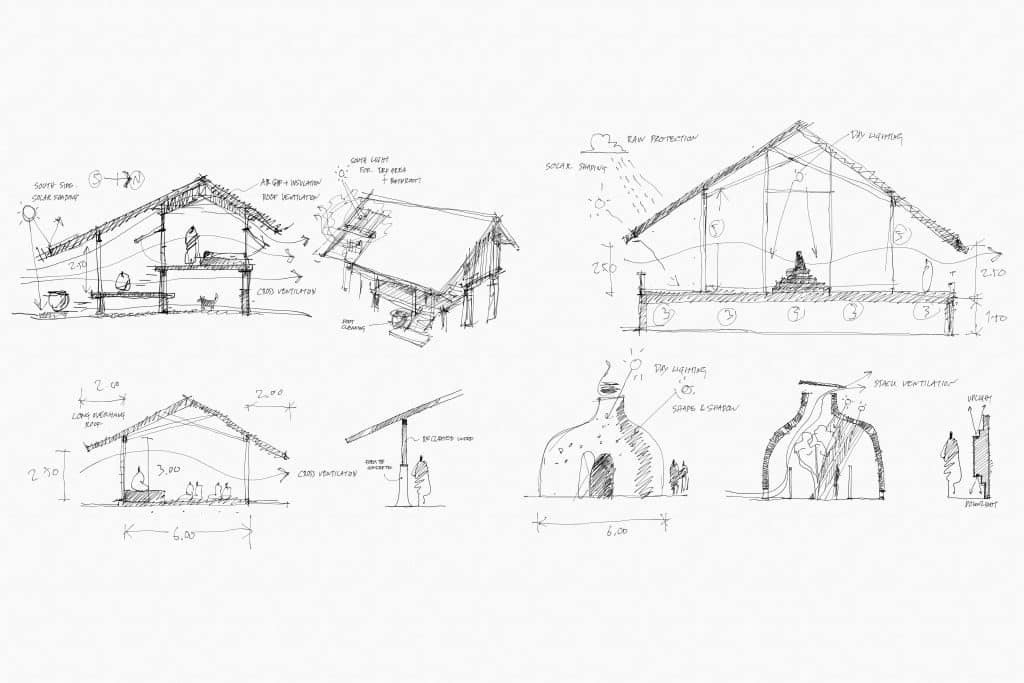
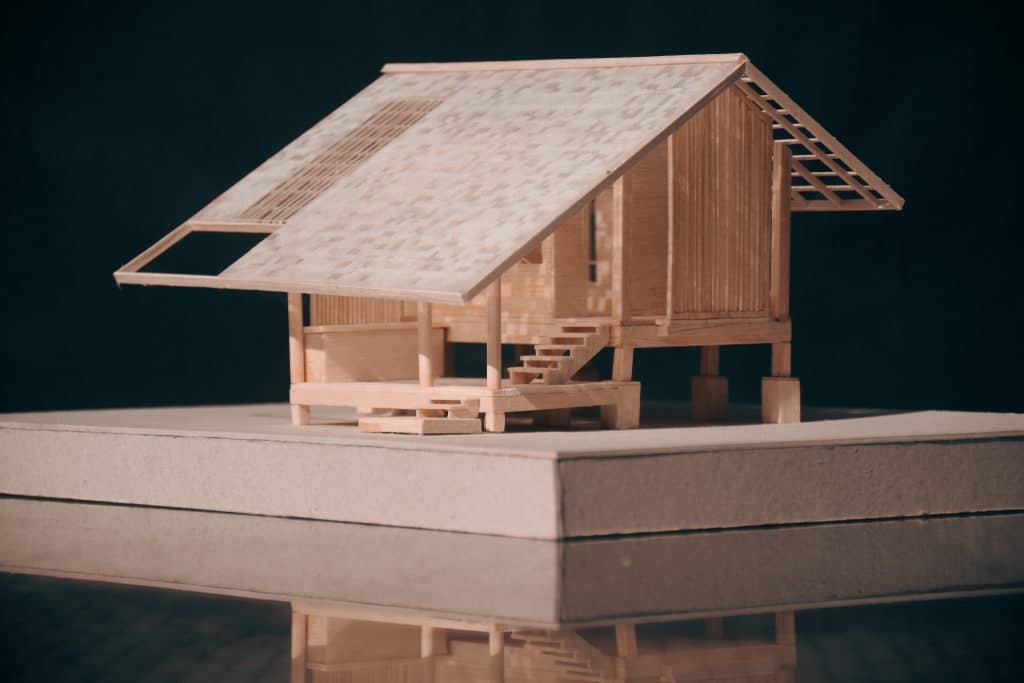
Kaew draws on traditional Thai architecture, dividing spaces into three distinct zones. Sunlight and rain reach the terrace, inviting nature in, while the shading deck, sheltered by eaves yet open, serves as a “grey space” that protects the interior from heat and downpours. This clever layering keeps rooms naturally cool throughout the day. By weaving these principles together, he creates temples that feel comfortable, serene, and in harmony with the environment, all without relying on air conditioning.
Most temples have people sitting or sleeping on the floor, so he chose to position the windows lower to let the breeze reach inside. It’s about understanding how space is used. It’s traditional wisdom in action. For him, these are the perfect examples of how tradition and modern science can work together.
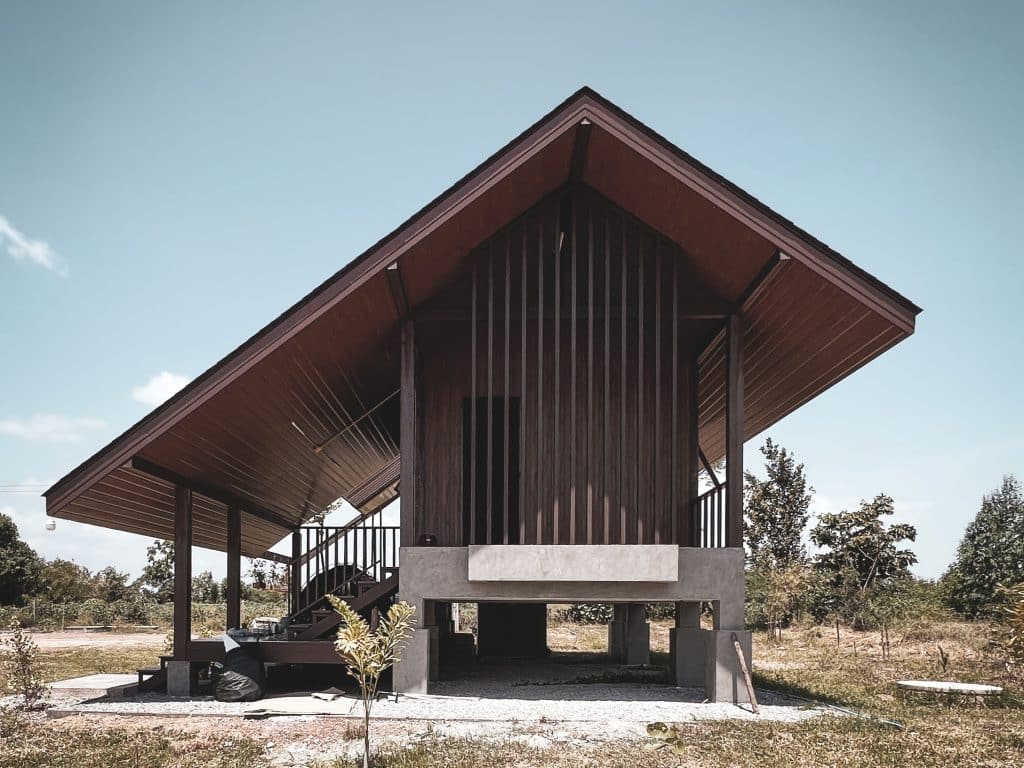
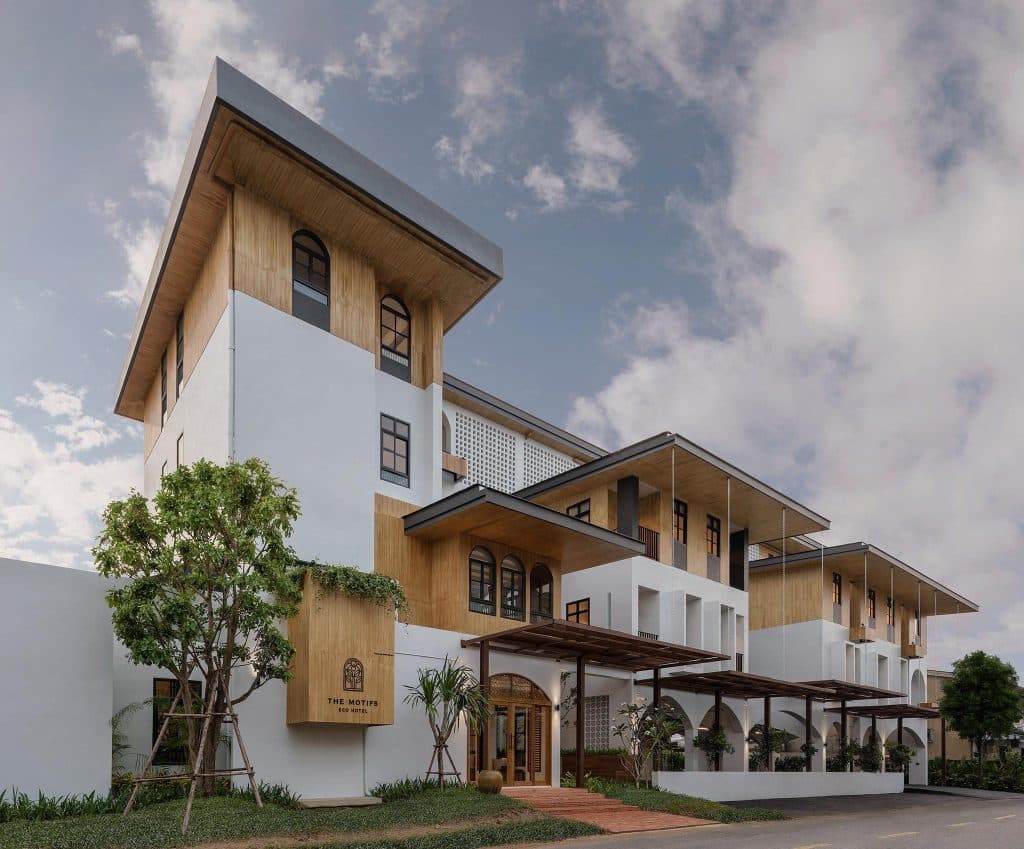
Another project in Chanthaburi, the Motifs Eco Hotel, was designed with sensitivity to its surroundings. The team avoided creating a monolithic structure, instead breaking the building into smaller sections that step up and down, ensuring it doesn’t overpower the local community while still integrating harmoniously with it. Even small details, like fences, are considered; barriers can signal disconnection, so living in harmony means opening gates both literally and figuratively. The hotel also supports the community through initiatives like planting trees to provide natural cooling and sourcing local ingredients for its cuisine. At its heart, the project embodies coexisting peacefully.
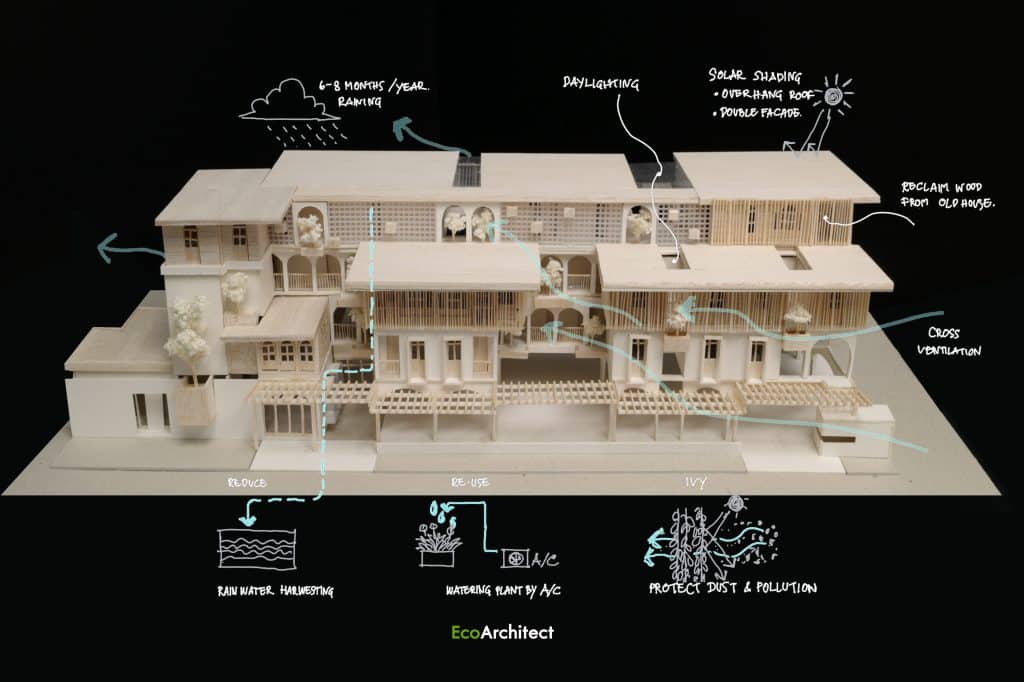
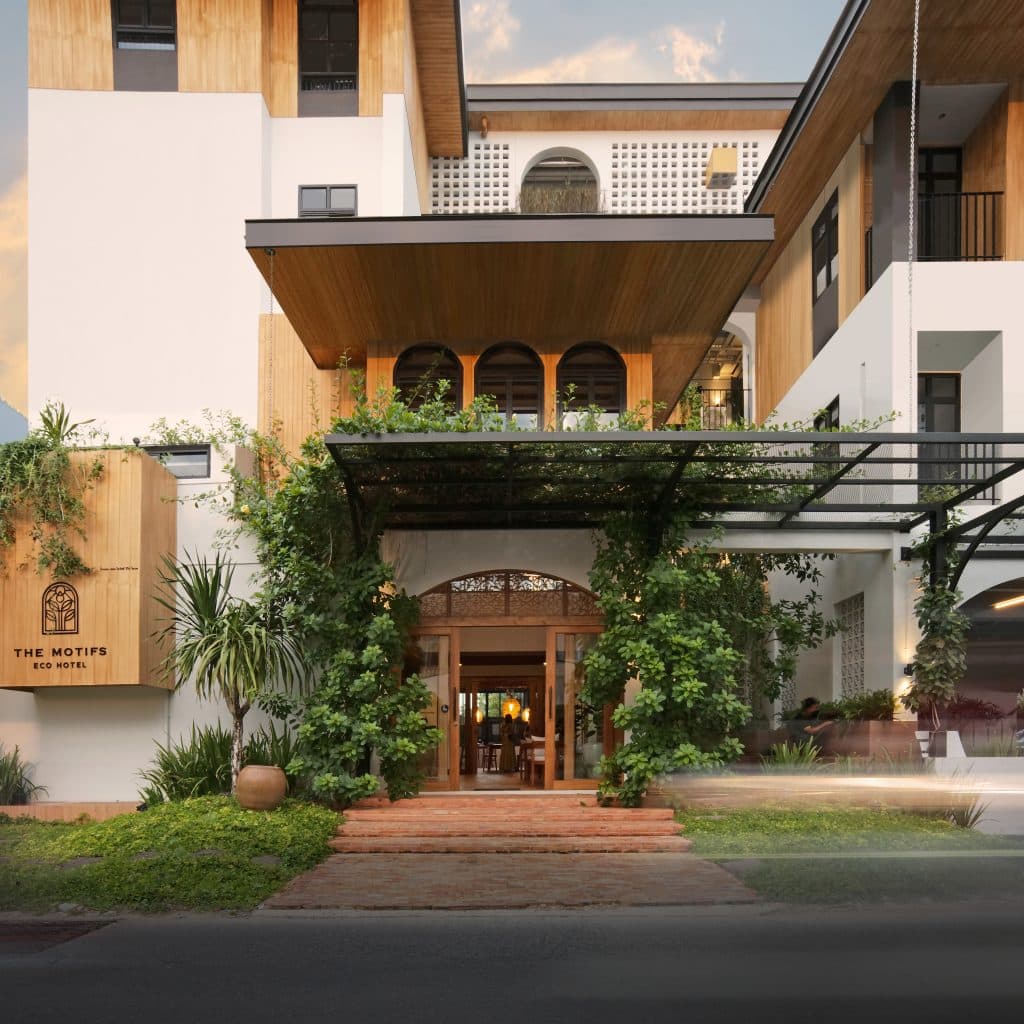
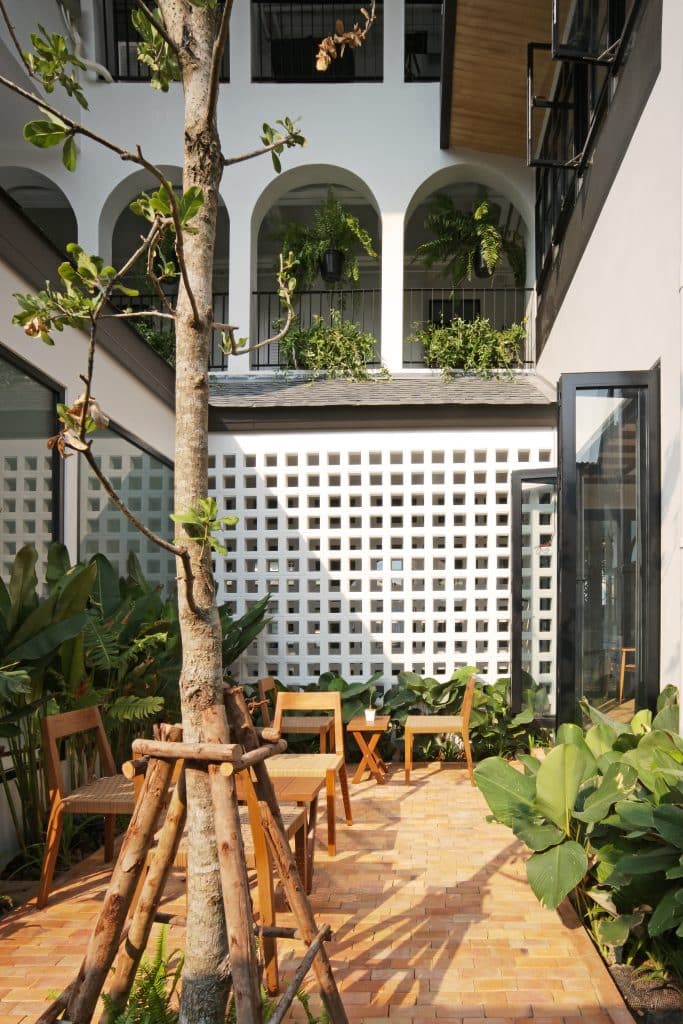
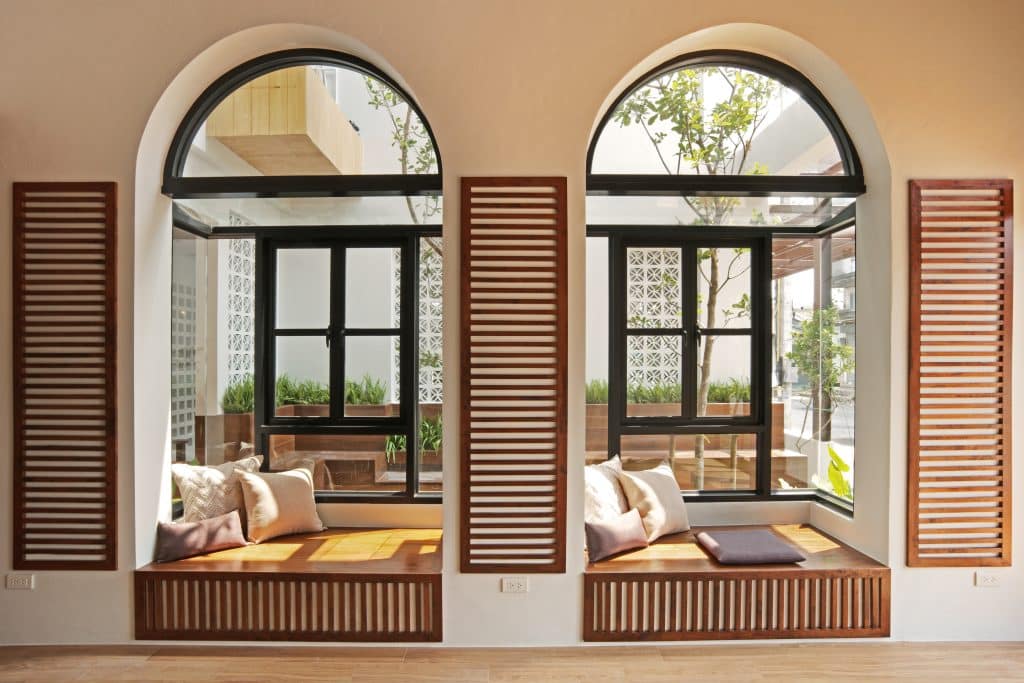
As climate change becomes more apparent, sustainability is only now starting to catch the attention of Thai people. For Khamron, however, it’s never about gaining more clients—it’s about doing right by the environment. He still approaches every project with the same principle: designing homes that work with nature, respect the land, and create long-lasting connections between people and their surroundings. And he hopes that through his work, more will see that sustainable living isn’t just a trend, but a way to use our resources wisely and embrace it fully.
“As an architect, my role may be just a small step, helping in only a small way, but real change comes when we all contribute collectively.”
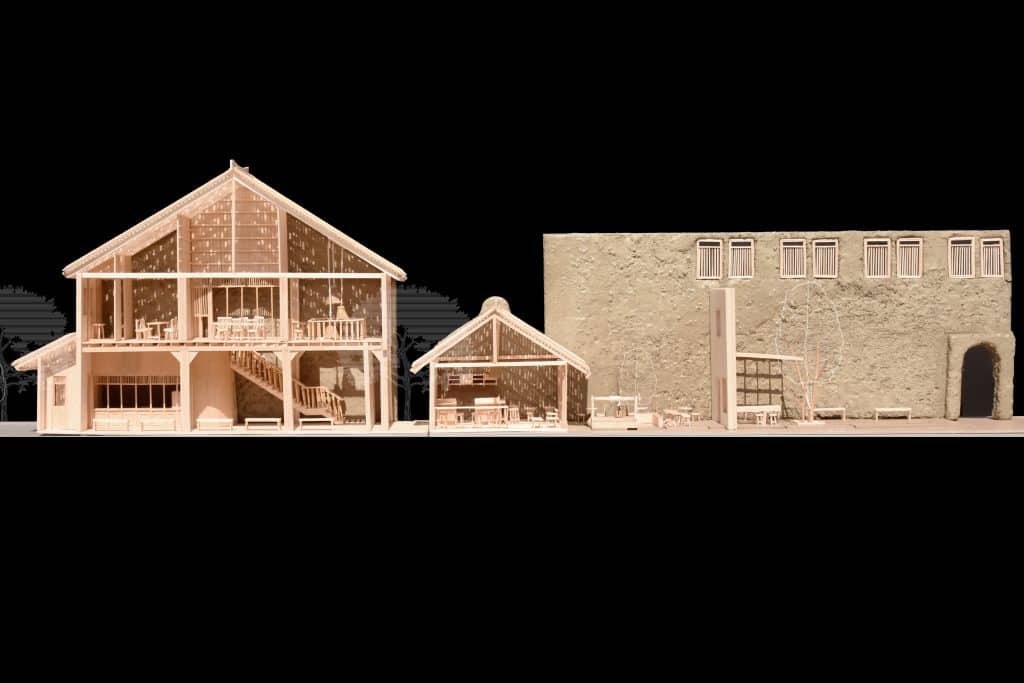
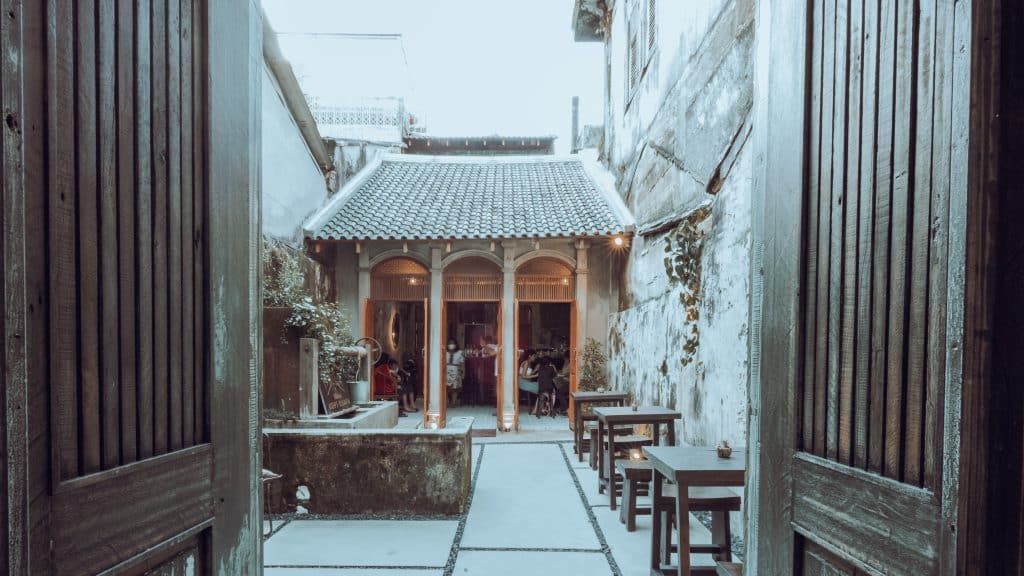
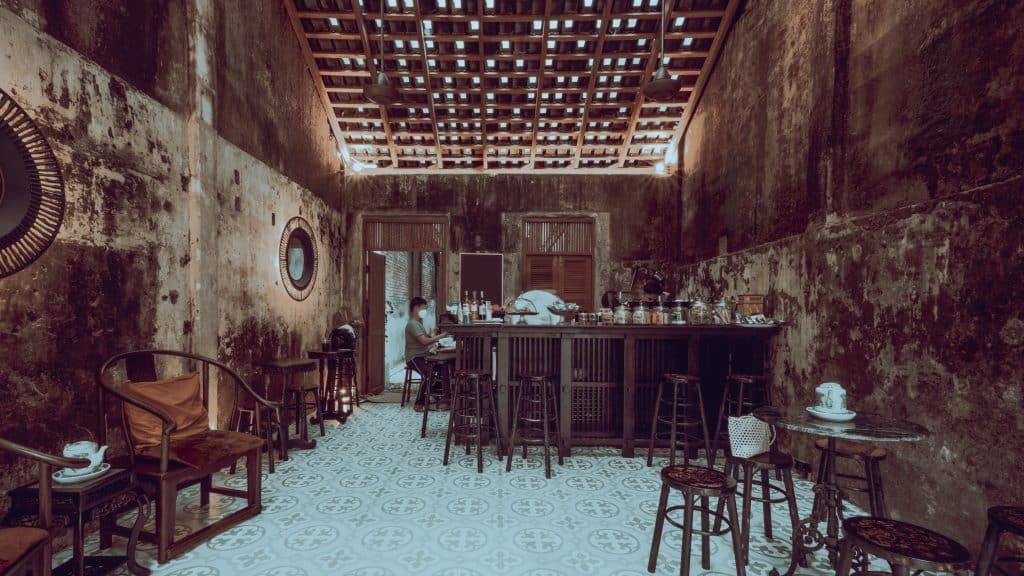
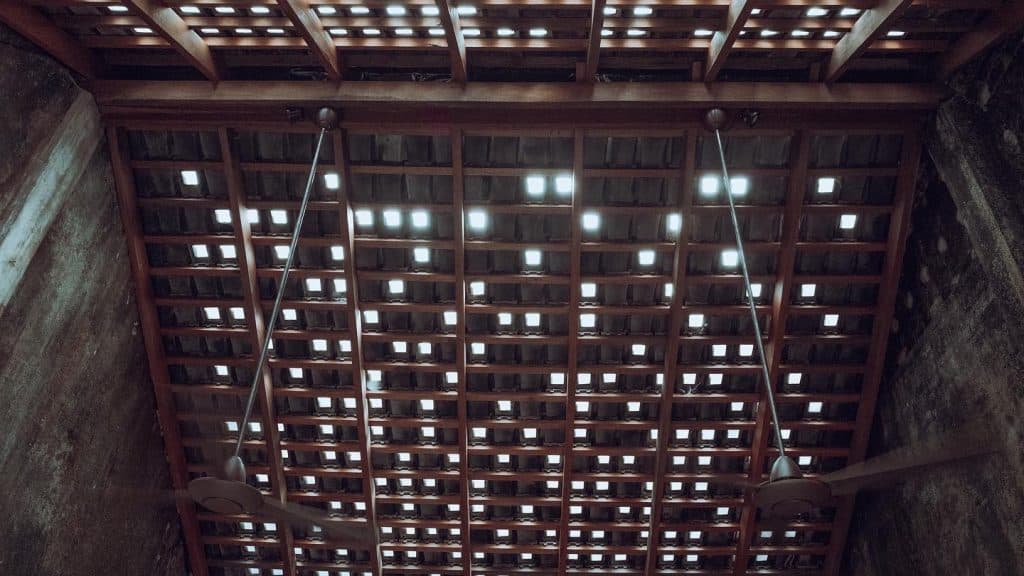
These top 5 barber shops in Bangkok are where gentlemen can elevate ...
We asked Thai actresses and got real stars, fictional heroes and everything ...
Wandering around the globe, try out the signature tastes of cultures across ...
Pets, as cherished members of our families, deserve rights and protections that ...
Sailorr and Molly Santana’s black grills fuse hip-hop swagger with homage to ...
What happens when Bangkok’s dining scene expands beyond the familiar. Ethnic border ...
Wee use cookies to deliver your best experience on our website. By using our website, you consent to our cookies in accordance with our cookies policy and privacy policy